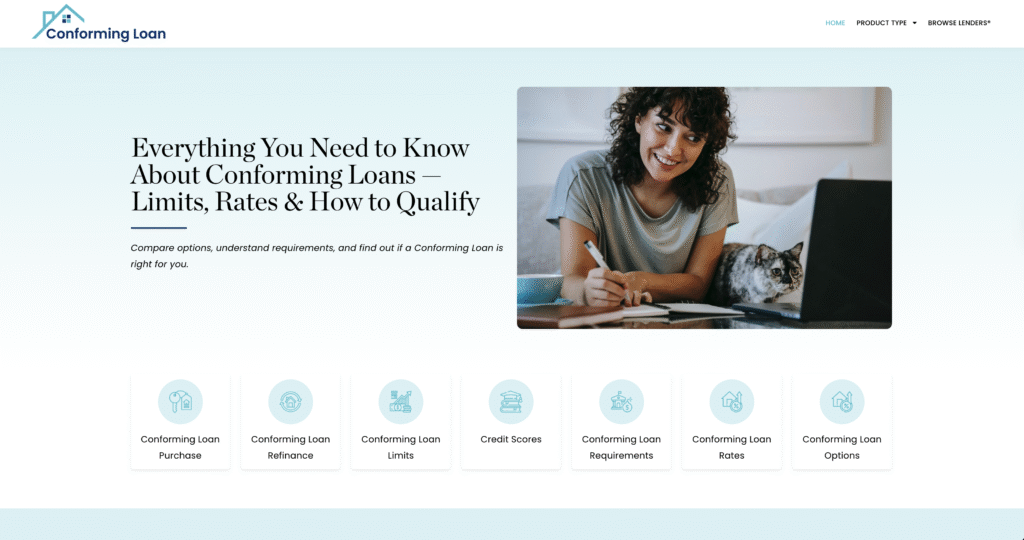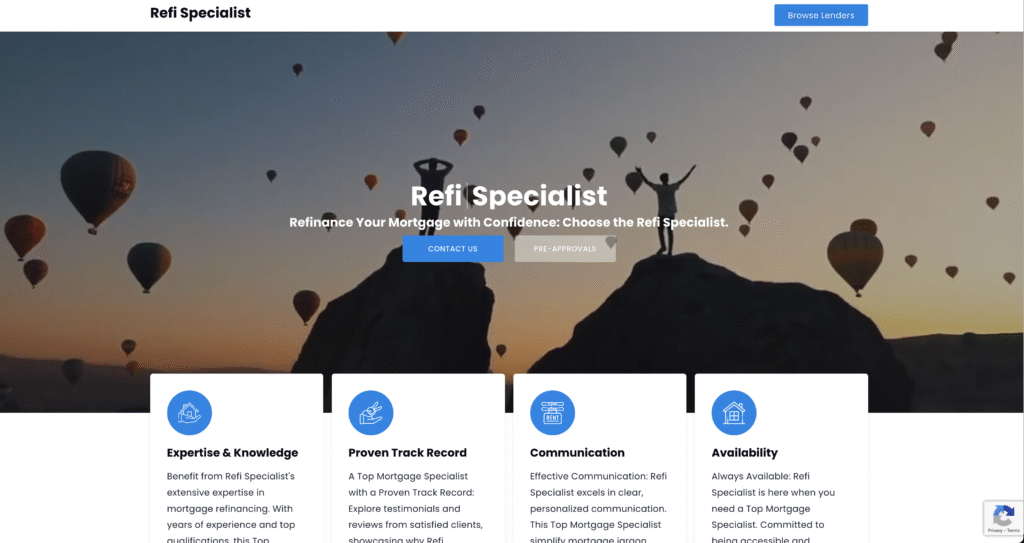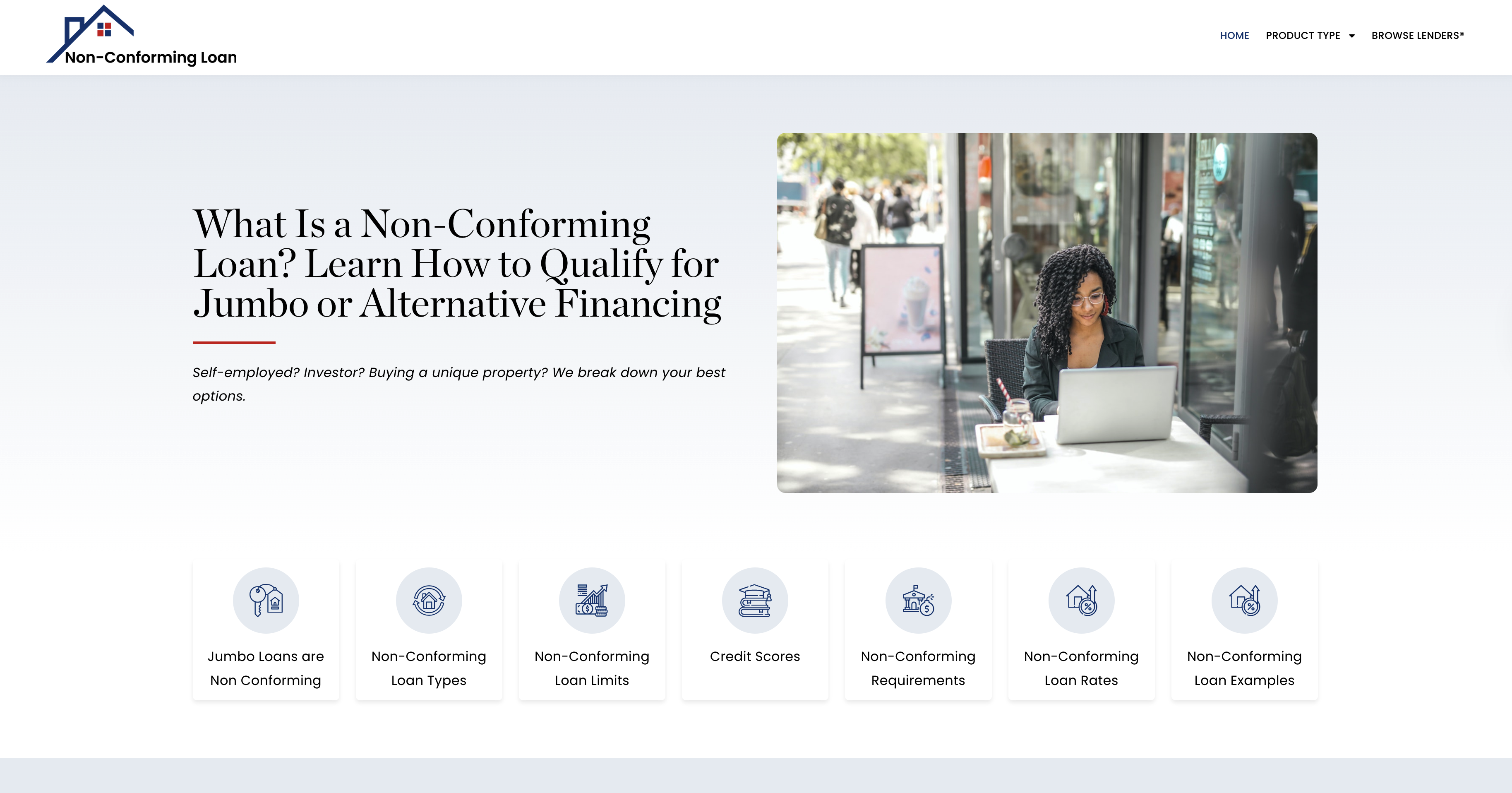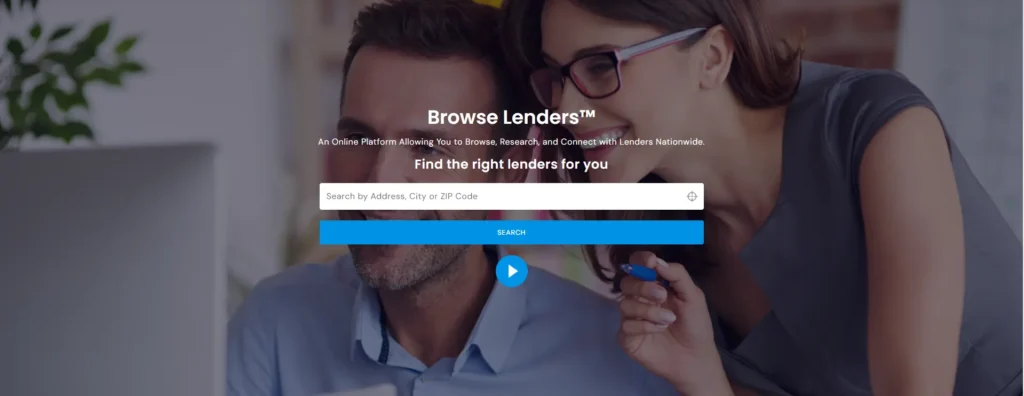Case Study: Raising My Middle Credit Score® Saved Me $18k—and I Bought My First Property
Three years ago, I had no idea what a Middle Credit Score® was—or why it mattered. Like many people in their late twenties, I had a vague understanding that credit was important, but no clear grasp of how it worked or how deeply it could affect my financial future. I had decent income from my remote tech support job, earning around $68,000 a year, and I made my minimum payments on time. Still, I carried $14,000 in credit card debt, a $21,000 car loan, and a credit score hovering in the high 500s. I figured that because I wasn’t missing payments, I was “managing” my credit. But when I applied for a pre-approval letter for a first-time homebuyer program in early 2021, I was shocked when the lender politely informed me I didn’t qualify for competitive rates—and wouldn’t until my Middle Credit Score® improved. That moment sparked a yearlong transformation that would ultimately save me $18,000 in mortgage interest and give me the keys to my first home.
I didn’t grow up in a household where credit or wealth-building were discussed. My parents operated mostly in cash, had a fear of credit cards, and warned me only about “getting into debt.” But they didn’t know how to teach me what a good credit profile looked like—or how to build one from scratch. So I did what most people do: I figured it out through mistakes. I opened three credit cards in college, used them without a plan, and carried balances for years. I thought making the minimum payment was enough. I didn’t understand utilization rates or that a score could go down even when you paid on time. And I definitely didn’t know that mortgage lenders would use my Middle Credit Score®—the median of my three FICO scores—to decide what I could afford. That painful realization led me to financial blogs, credit education videos, and eventually, a step-by-step plan that changed everything.
The first step was understanding exactly how my credit score was being calculated. I learned that utilization made up 30% of my score and that mine was consistently over 75%. That alone was costing me major points. I started tracking all of my credit cards and focused on bringing each balance under 30% of its limit. I also changed how I paid my bills—shifting from due-date payments to statement-date payments, so the balances reported to credit bureaus were lower. I requested credit line increases on my existing cards to instantly improve my utilization ratio. Within 60 days, my score jumped from 592 to 630. Encouraged, I continued applying the same pressure—cutting discretionary spending, using every bonus and tax refund for debt reduction, and monitoring my credit like it was a second job. I also began disputing old and duplicate entries on my credit reports, leading to the removal of two inaccurate collections.
As my score climbed, so did my financial confidence. I started building savings for the first time, setting aside $250 per month in a high-yield savings account. I opened a secured credit card and used it to keep my utilization even lower while diversifying my credit mix. I also refinanced my auto loan at a lower rate once I crossed the 680 score threshold, saving nearly $70 a month. But the big win came when my Middle Credit Score® finally hit 720. I was now eligible for a first-time buyer program with a reduced down payment, better terms, and an interest rate 1.75% lower than what I’d initially been quoted. That one change—made possible by improving my score—translated into a savings of $18,000 in interest over the life of the loan. The monthly mortgage payment on my condo was also $126 less than it would have been at my original rate. Credit, I realized, was not just about approval—it was about access and affordability.
When I closed on my condo in late 2022, I sat at the table feeling a mix of pride, disbelief, and deep gratitude. I had done it—on my own, without financial help, in a market where homeownership often feels impossible for people without generational wealth. Today, my Middle Credit Score® is 742. I have no credit card debt, a fully funded emergency fund, and I continue to invest in a Roth IRA and taxable brokerage account every month. But more than anything, I have control. I know what factors affect my score, how to protect it, and how to use it to lower my financial costs. Raising my credit score wasn’t just a technical improvement—it was a life-changing shift in how I approach money, responsibility, and my future.
In Part 2 of this case study, I’ll break down the exact steps I followed to raise my Middle Credit Score®—from the balance reduction timeline and payment calendar I used to the credit report audit that helped me spot errors early. Whether you’re buying a home, refinancing a loan, or simply trying to build a better financial future, these strategies can help you reduce borrowing costs and unlock new wealth-building opportunities you may not have thought possible.
Step-by-Step Breakdown
This breakdown outlines how one borrower used personal financial education to increase their Middle Credit Score® from 592 to 720+, qualify for a significantly lower mortgage interest rate, and ultimately save more than $18,000 in interest over the life of their loan. The process took just over a year and included a complete overhaul of how they approached credit, budgeting, and homeownership readiness.
🧾 Step 1: Audit All Credit Reports and Set Baselines
Initial Snapshot:
| Credit Report Item | Details |
|---|---|
| Middle Credit Score® | 592 |
| Total Credit Card Debt | $14,000 (spread across 3 cards) |
| Credit Utilization | 75–90% |
| Auto Loan Balance | $21,000 |
| Credit Mix | 3 cards, 1 auto loan |
| Late Payments | None in past 24 months |
📌 First Action: Downloaded all 3 credit reports from AnnualCreditReport.com and noted discrepancies and reporting patterns.
📊 Step 2: Lower Credit Utilization Aggressively
Primary Strategy:
- Focused on bringing balances below 30%, then below 10%
- Used all extra income, bonuses, and tax refunds to pay down cards
- Made mid-cycle payments to reduce what showed on statement dates
Before and After Table:
| Card | Limit | Balance (Before) | Balance (After) | Utilization Change |
|---|---|---|---|---|
| A | $5,000 | $4,700 | $500 | 94% → 10% |
| B | $6,000 | $5,000 | $600 | 83% → 10% |
| C | $3,000 | $2,300 | $150 | 77% → 5% |
✅ Score increase from utilization fix alone: ~+70 points in 90 days.
💳 Step 3: Use Statement Date Instead of Due Date
By paying credit card bills 3–5 days before the statement date, balances reported to bureaus were significantly lower—resulting in immediate utilization improvements and faster score gains.
Example Timeline:
- Statement date: 15th
- Due date: 10th of next month
- Action: Paid in full on the 12th to reduce what was reported on 15th
📌 Pro Tip: This tactic alone caused a noticeable score bump within two billing cycles.
🧹 Step 4: Dispute Errors and Clean Up Reports
- Found and disputed 2 inaccurate collection accounts:
- 1 account had already been paid in full
- 1 was a duplicate from an old cable bill
- Used direct dispute tools through Experian and TransUnion
- Results:
- Both collections removed
- Score increase of ~+30 points across two bureaus
✅ After cleanup: Middle Credit Score® rose from 630 → 665
📅 Step 5: Automate and Track Monthly Progress
Created a financial command center using a spreadsheet to track:
| Category | Details |
|---|---|
| Credit card balances | Updated weekly |
| Statement/payment dates | Calendar reminders |
| Score changes | Recorded monthly via Credit Karma + FICO app |
| Budget updates | Revised bi-weekly based on spending trends |
Automation used:
- Bill pay setup through bank
- Auto-transfer $250/month to emergency fund
- Auto-pay minimum + manual early card paydowns
🏦 Step 6: Build Savings While Improving Credit
Started with a goal of $1,000 emergency fund → grew to $6,000 before home purchase.
| Month | Saved Amount | Notes |
|---|---|---|
| Month 1 | $250 | Used tax refund |
| Month 3 | $900 | Cut discretionary spending |
| Month 6 | $2,100 | Freelance income boost |
| Month 12 | $6,000 | 20% of income redirected monthly |
✅ This savings became a key component in mortgage qualification and reduced borrowing risk.
🏡 Step 7: Mortgage Readiness and Loan Cost Comparison
Original Quote at 592 Score:
| Detail | Value |
|---|---|
| Interest Rate | 7.1% |
| Loan Amount | $250,000 |
| Monthly Payment | $1,675 |
| Total Interest (30yr) | ~$231,000 |
New Quote at 722 Score:
| Detail | Value |
|---|---|
| Interest Rate | 5.35% |
| Loan Amount | $250,000 |
| Monthly Payment | $1,549 |
| Total Interest (30yr) | ~$213,000 |
📌 Total Savings Over Loan Lifetime: ~$18,000+
📌 Monthly Savings: ~$126/month
💼 Step 8: Loan Application Success Checklist
- ✅ Emergency fund over $6,000
- ✅ Credit utilization under 10%
- ✅ Middle Credit Score® at 722
- ✅ No recent hard inquiries in last 6 months
- ✅ Income documentation from both employer and freelance work
- ✅ Pre-approval from 2 lenders (chose best rate/terms)
💬 Step 9: Emotional and Behavioral Shifts
- Switched from “avoid checking credit” to “weekly tracking”
- Replaced impulse buying with planned spending windows
- Committed to quarterly financial reviews post-home purchase
- Shared strategy with peers who had similar financial anxiety
✅ “I realized I didn’t have a money problem—I had a credit awareness problem.”
📈 Final Financial Snapshot (Before vs. After)
| Category | Before | After (Homeownership) |
|---|---|---|
| Middle Credit Score® | 592 | 722 |
| Total Debt | $35,000 | $12,500 (auto only) |
| Emergency Fund | $0 | $6,000+ |
| Investment Account | $0 | $1,400 (Roth IRA started) |
| Home Equity (Year 1) | $0 | ~$14,000 |
| Net Worth | Negative | ~$30,000+ |
🧭 Takeaway Framework: “Score to Savings to Keys”
- Fix what you can control first – utilization, disputes, payment behavior
- Use automation to build momentum
- Don’t delay homeownership goals unnecessarily
- Track and document everything for lender confidence
- Credit is the gateway—your rate determines what you’ll really pay
📌 This journey wasn’t about perfection. It was about precision, education, and consistency.
Middle Credit Score® Support Center
Browse Lenders® – Speak with a Lending Expert






